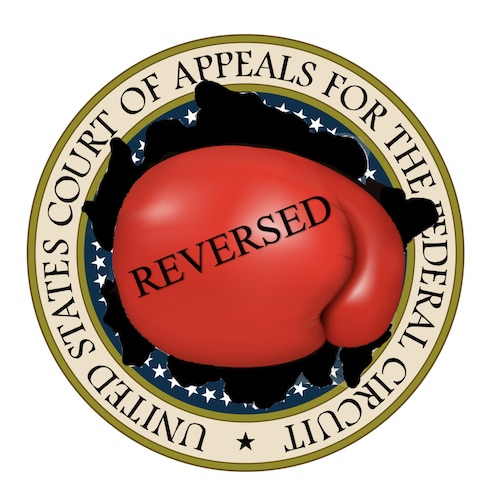CEMCO Can’t Get What It Wants, But Probably What It Needs | Axinn, Veltrop & Harkrider LLP
Earlier this month, I previewed a Federal Circuit oral argument in In re: California Expanded Metal Products Co., No. 2023-1140, where the district court vacated a jury award of a 12 percent royalty and denied a motion for an injunction, leaving the prevailing patentee without any relief. The Federal Circuit has now issued a nonprecedential opinion affirming vacatur of the royalty award but finding error in the injunction denial.
The royalty vacatur presents the question of what evidence is sufficient to support a jury’s award of a royalty rate. The District Court excluded evidence of prior licensing and settlement agreements, and the patentee, critically, did not challenge that exclusion on appeal. The only quantitative evidence the patentee could point to was its licensee’s sales, the infringer’s sales, and the infringer’s profit margin (43 percent). The District Court concluded that the jury’s royalty rate of 12 percent – essentially splitting the difference between the rates sought by the parties at closing argument – was not adequately tied to the evidence, and the Federal Circuit agreed.
Would the outcome have been different if the jury had awarded a royalty rate of 43 percent, the infringer’s profit margin? The patentee would have had a stronger argument that such an award was supported by the evidence. The Federal Circuit has previously affirmed royalty awards that exceed the infringer’s profit margin, so a full disgorgement of the profits here would not have conflicted with precedent. And if a rate of 43 percent was supported by the evidence, did the jury have discretion, perhaps based on the qualitative Georgia Pacific factors that the parties also addressed, to select a lower rate? In any event, the decision speaks to the challenges of proving royalty damages without expert testimony or evidence of comparable royalty rates.
The injunction issue was more straightforward. The District Court had treated Active Video Networks v. Verizon, 694 F.3d 1312, 1338 (Fed. Cir. 2012), as establishing a per se rule that a patentee who only stands to lose licensing fees cannot show irreparable harm. But the patentee in that case engaged in “extensive licensing” and had granted non-exclusive licenses to the asserted patents. Here, the patentee had granted an exclusive license, and the Federal Circuit explained that the patentee “might well face harm beyond the simple loss of reliably measurable licensing fees, including price erosion, damage to intangible reputation, harm to brand loyalty, and permanent loss of customers.”
On remand, the patentee will still need to prove entitlement to an injunction. But the Federal Circuit’s decision gives the patentee a second chance at gaining at least some remedy (other than attorneys’ fees) after successfully proving willful infringement and defeating an invalidity challenge.
“Such an exclusive-licensing patentee might well face harm beyond the simple loss of reliably measurable licensing fees, including price erosion, damage to intangible reputation, harm to brand loyalty, and permanent loss of customers.
files.passle.net/…





